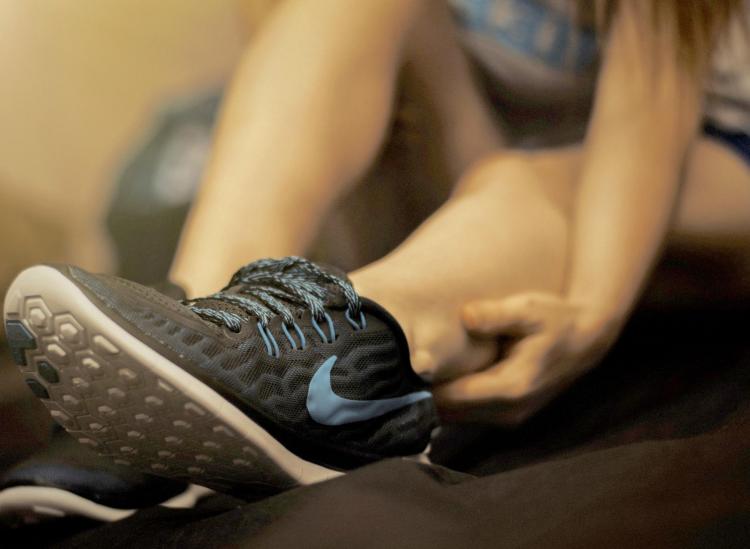How To Keep Up Your Cardio Endurance After A Lower Body Injury

Reshot
There are few things as frustrating as working your hardest to improve your physical fitness only to suffer an injury that sets you back for weeks (or even months) at a time. And if you ask us, lower body injuries are the absolute worst because they seriously inhibit your ability to keep up with a consistent cardio endurance routine, which is a key component of staying fit and healthy. So what do you do about it? Here’s our take.
Treat your injury first.
If you listen to any of our advice here, make it this point: Don’t be a hero. How you spend the brief window of time following an injury plays a significant role in your overall recovery time, so take it seriously. Evaluate what kind of injury you’ve suffered. Is it muscular or structural? Is it a pull or a strain, or is it an outright tear or break? From there, you can determine if ice or heat therapy will best help the area, alongside what kind of rest and potential over-the-counter pain medication could be worth your time.
Typically, when it comes to workout-induced injuries, you’ll experience an acute injury on a muscle, tendon or ligament, which will immediately experience inflammation. As soon as you can, try the RICE method — rest, ice, compression and elevation — for 15-minute intervals multiple times a day to alleviate swelling as quickly as possible. Once you can walk relatively normally, then you can think about bringing cardio back into your gym routine. But until then, you’re best off accepting that your body needs some downtime in the name of recuperation.

Unsplash/Tyler Nix
If you have an ankle or foot injury…
You have more cardio-based options that are less likely to agitate the spot that’s trying to heal. Depending on the extent of your injury, both the stationary bike and rowing machine limit pressure on the foot and don’t challenge the ankle to use its typical full range of motion. So definitely listen to your body as you test out these equipment options, but they’re going to be your best bet with anything on the gym floor.
If you have a knee or leg injury…
Cardio is going to be much trickier since the knee joint is required to move for the bulk of your higher-tempo activities. If you insist on really working hard, though, we recommend swimming. By floating, you take a lot of weight and pressure off of the affected area, and you can even rest a buoy under your ankles to force yourself to swim those laps using just your arms. It’s definitely a tough workout, and it’ll get your heart pumping all while letting your injured leg or knee take the breather it needs.
At the end of the day, you’re probably going to have to lay off the bulk of your cardio plan for a little while if you want your injury to heal quickly and properly. But that’s a small price to pay in the short term for a happy lower body in the long term, right? Once you get back at it, that cardio endurance will come back to you before you know it.
Sign up for Daily Fit by Swirled, our newsletter featuring a wellness tip of the day and must-read health news from around the web! You’ll be one step closer to living a healthy, balanced life.
RELATED
When You Should Listen To Your Body Instead Of Your Fitness Instructor
This Stretching Routine Will Keep You Flexible And Injury-Free All Winter Long
The Downside To Cranking Through A Ton Of High-Impact Exercise When You’re Young











